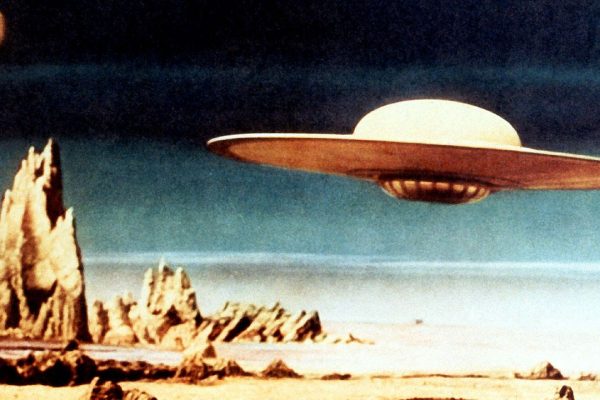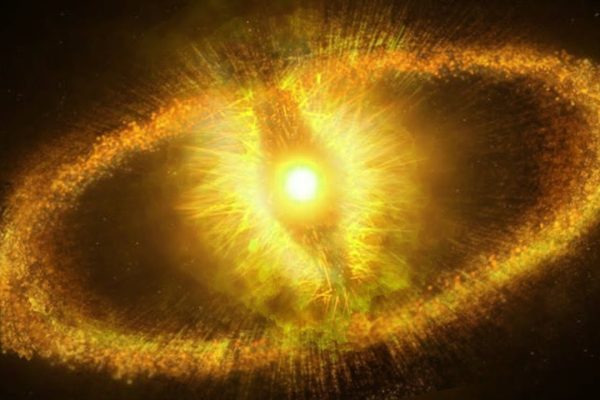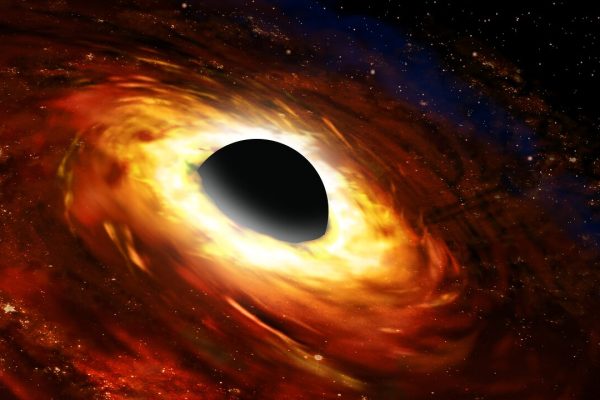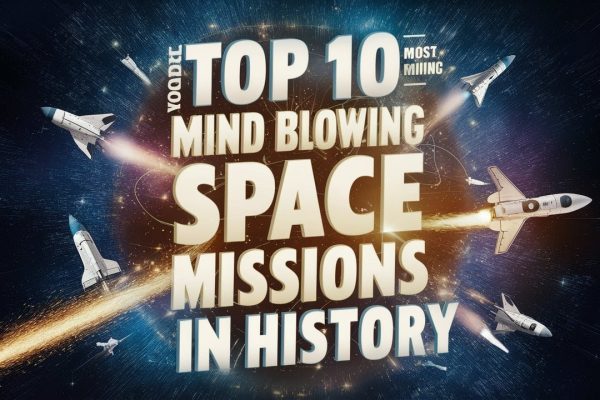
🛸 Top 10 Most Famous UFO Sightings That Shocked the World 👽
The mystery of Unidentified Flying Objects (UFOs) has fascinated humanity for decades. While some sightings have been debunked, others remain unexplained, fueling theories about extraterrestrial visitors. Here are the Top 10 Most Famous UFO Sightings that continue to spark debate among scientists, skeptics, and UFO enthusiasts. 1️⃣ Roswell Incident (1947) – The Birth of Modern…






